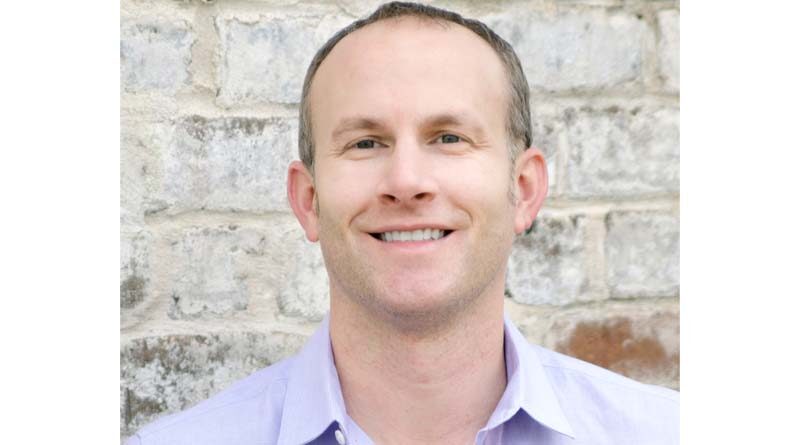LEED Certification and Green Schools
By Tommy Linstroth
Green construction techniques are valuable tools for creating healthy learning environments that benefit both students and teachers. Around the country, municipalities are making green certification for schools less of an option and more of a given as they adopt new requirements.
Take Chicago, for example. Every school in the city must earn the Leadership in Energy and Environmental Design (LEED) certification. This commitment to green construction in educational facilities is a trend that shows no sign of stopping. More cities are adopting these requirements every day.
In this kind of environment, any construction company that wants to continue winning bids for educational facilities needs to be able to keep up. So, if contractors aren’t adept at managing the LEED — or other green certification — process, it puts them at a competitive disadvantage. As these standards become more prevalent, contractors must be prepared to manage green certification requirements or they might not be winning jobs at all.
Better Learning Environments
The U.S. Green Building Council (USGBC)’s LEED certification for schools is, at heart, focused as much on student health and performance as it is on energy efficiency. According to the USGBC, a green school creates a healthy environment that is conducive to learning while saving energy, resources and money.
LEED certification ensures school designers are specifying and incorporating products that are healthy and are not releasing chemicals that are going to affect the respiratory systems of students. Green construction techniques help contractors build learning environments that are safe, comfortable and healthy while requiring less energy and upkeep.
Green schools have been shown to lead to healthier students and better test scores. In “Linking Performance & Experience: An Analysis of Green Schools,” researchers surveyed teachers and administrators at 12 green schools about the effects of the environment on student health and performance:
- 87% of respondents reported a positive impact on student health.
- 71% of respondents perceived a positive effect on student achievement.
- 71% reported a positive effect on student behavior.
- 85% reported their own health and productivity were positively affected.
Managing the Process
Successfully achieving LEED certification can be challenging, but it’s far from impossible. Project teams have to approach the process deliberately and with the proper attention to detail. Here are some thoughts to consider to make the certification easier and more manageable:
- Do your research: When it comes to seeking LEED certification, the first step for project teams is doing your homework. The USGBC provides extensive reference guides and documentation to help teams understand each credit and requirement.
- Set goals: If pursuing LEED certification, project managers and other stakeholders have to start out with a clear vision and plan for using green materials and construction techniques — not trying to figure out how to meet the requirements months or years down the road.
- Keep detailed records: When pursuing LEED certification, proper documentation is king. Without having a system in place to facilitate day-to-day tracking and recording of materials and processes used, project managers set themselves up for failure. The last thing anyone wants to do is to try to recreate a paper trail for a project that has stretched out over several years.
- Find better tools: A major drawback to pursuing LEED certification is the time-intensive, extensive documentation process. Look for software tools that can help streamline and automate documentation.
Summing It Up
As municipalities continue to embrace the use of LEED and other green certifications in public school projects, contractors have to stay up-to-speed on the requirements and the necessary documentation processes.
Healthy, safe environments mean greater student success, but, in the end, the use of green construction benefits everyone — the school districts that operate educational facilities as well as the students and teachers who use them on a daily basis.
Tommy Linstroth is founder and CEO of Green Badger, a cloud-based solution for equipping project teams of all levels of experience with the tools they need to document LEED as efficiently as possible.

